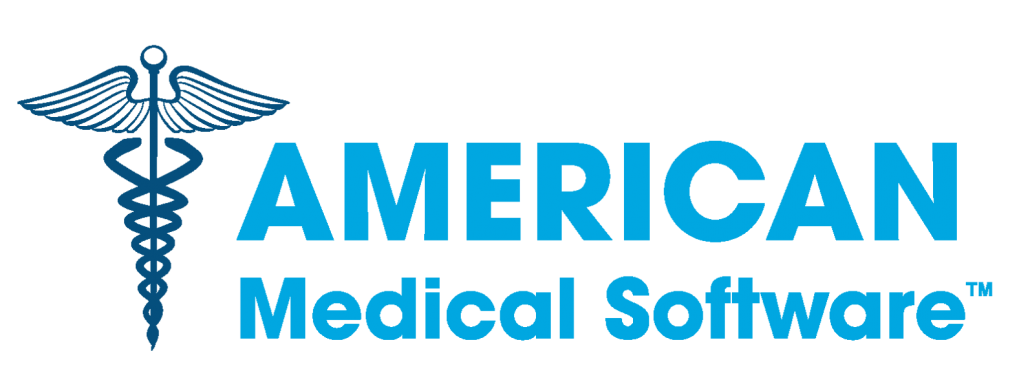5 EHR Considerations For The ICD-10 Conversion
HHS’s proposed delay for the ICD-10 transition has spurred both support and criticism from various professional organizations, including the AMA, HIMSS, and the AHA. Despite disagreement on the compliance timeline, most stakeholders agree the new code set will reduce inappropriate coding, facilitate better care management, and improve reporting.
Regardless of the deadline, providers and payers are already evaluating potential IT upgrades and considering training requirements for coders and clinicians. The move to ICD-10 will affect both clinical and billing operations; workflow changes are inevitable. For physicians, changes in clinical documentation requirements may be one of the most significant challenges.
As organizations prepare their EHR for ICD-10 and future requirements, here are five key considerations:
Does your EHR include content and tools combined with structured coded data to manage ICD-10?
ICD-10 requires users to capture additional, new clinical data to meet coding and billing regulations and to qualify for governmental incentive payments. The delay could offer time to either invest in an EHR solution that has ICD-10 already imbedded, or enhance your existing EHR to include ICD-10 codes. An EHR solution that is ICD-10 ready can address many of the expected transition challenges by increasing provider and coder efficiency, reducing the need for additional coders, and lessening the risk of costly coding errors.
 Is your EHR capable of managing the inevitable HIE ‘data tsunami’?
Is your EHR capable of managing the inevitable HIE ‘data tsunami’?
In addition to being an invaluable tool for addressing ICD-10, EHRs can also facilitate clinical information exchange and manage the anticipated onslaught of data from HIEs. While your organization is considering the time and resources required for the ICD-10 transition, it is also the perfect time to consider how well your technology will address the inevitable tsunami of data from new and maturing HIEs.Consider a typical office visit: A patient arrives with multiple active problems, including diabetes, congestive heart failure, arthritis, and depression. In addition to reviewing the patient’s history, the provider may access clinical data from the hospital’s system or a local health information exchange. This wealth of clinical information will be increasingly valuable to providers as they develop patient specific treatment plans and create detailed chart notes. However, the mountain of data may also overwhelm providers if they must manually sift through every item to identify the elements applicable to the current visit. To overcome this challenge, providers need technology that makes sense of the available data and presents clinicians with the relevant information in a usable format at the point of care.
Does your system map to all terminologies? Offer intelligent prompting?
The onslaught of information brought on by HIE requires EHR technology that must include mappings to a wide variety of terminologies, such as ICD-9, ICD-10, SNOMED, LOINC, and RxNorm, and offer intelligent links between the various reference standards.Then, as a physician reviews the patient record and creates an electronic chart note, the system should propose an ICD-10 code based on the patient’s specific history, current findings, and the documentation. When such technology is in place, physicians don’t have to manually sort through data, nor worry about their coding proficiency. Instead they can focus on the patient.
 Does your EHR allow for future updates to address new requirements?
Does your EHR allow for future updates to address new requirements?
Not only is it essential for an EHR to be ICD-10 ready, but it should also provide content and tools to address future requirements. If an EHR is flexible in its design and easily adaptable to new requirements, it can be easily updated with minimal disruption to physician workflow and patient care. This is an important consideration in evaluating a new EHR given that new requirements and mandates are most certainly inevitable.
Is your system easy for clinicians and does it actually get used?
If you are looking to your EHR to assist with ICD-10 and MU requirements, it is of course, important that clinicians actually use the EHR. If your EHR is not getting used, now might be a good time to find out why. EHR adoption and satisfaction is always higher if clinicians have tools that are intuitive, easy to learn, and easy to use. If the system works great and is interoperable, but the interface is hard to use, you might want to consider making enhancements to make it easier. Or if the interface is simple, but there are too many steps and systems that have to be accessed once the physician gets into the EHR, then perhaps your engineers should look at ways to assimilate, sift and make data more usable at the point of care. When investing in a new EHR, providers must look beyond aesthetically-pleasing screens and consider the overall product design. The EHR workflow should be intuitive to clinicians and chart note creation should be simple. It is also important that physicians have a hand in evaluating the product’s ability to assimilate disparate clinical data and present usable information at the point of care. Buy-in from end users is important and critical to success.
Source: www.govhealthit.com; Dave Lareau; June 19, 2012.




Leave a Reply
Want to join the discussion?Feel free to contribute!